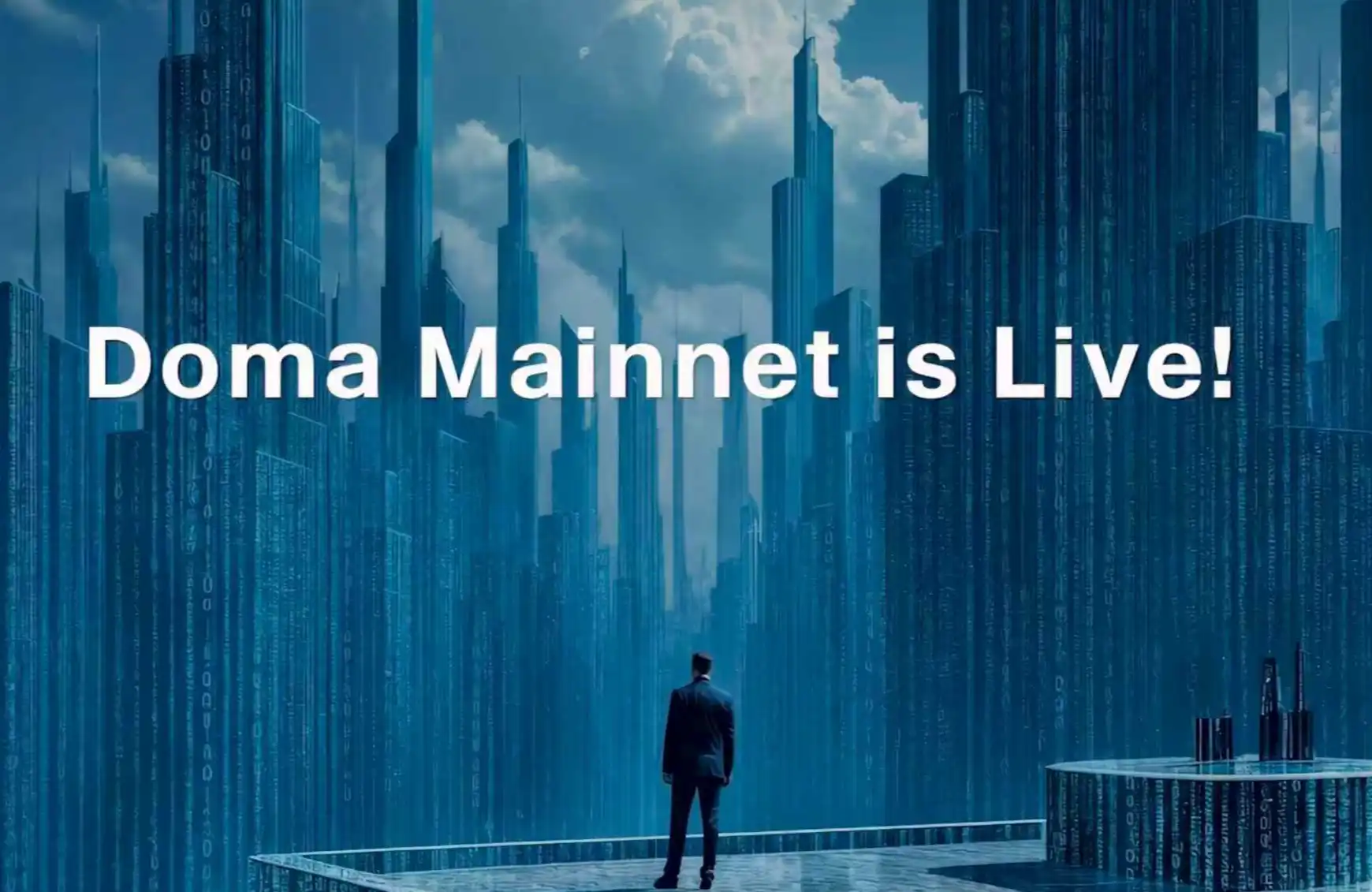After the sharp decline in DOT issuance, how can Polkadot continue to grow? Web3 Foundation offers suggestions

As Polkadot is about to enter a new phase of tightening issuance and expanding ecosystem demand, a potential proposal from the Web3 Foundation regarding the future economic model and staking system is gaining increasing attention within the community.
Although it is not yet finalized and there is no guarantee it will be fully adopted in the future, it represents an economic structure direction that closely aligns with real-world needs and looks ahead to the next decade: in an ecosystem with limited issuance, rising costs, and a gradually forming real income structure, Polkadot needs a more flexible, stable, and governable financial and incentive system.
The core of the proposal is the introduction of the Dynamic Allocation Pool (DAP). It aims to serve as the "financial brain" of Polkadot, coordinating multiple needs such as issuance, rewards, treasury budgeting, stablecoin buffering, strategic reserves, and long-term planning, making Polkadot's economic system more mature, autonomous, and stable in the future.
Why does Polkadot need DAP?
After entering Polkadot's second era, three key realities have gradually emerged.
First is the continuous decline in issuance. With the advancement of Wish-for-Change, DOT's long-term issuance path is shifting from "inflation-driven" to a "hard-capped supply" structure. This means the previous model of relying on inflation subsidies to maintain network security and ecosystem incentives will become unsustainable.
Second, validators, nominators, and treasury beneficiaries all face real-world expenses denominated in fiat currency, including servers, operations, labor, and production costs. The current system of pure DOT payments struggles to provide stable support for the ecosystem when prices fluctuate significantly.
Third, as the coretime market matures, on-chain activity increases, and more system chains launch, Polkadot must gradually shift from "issuance covering costs" to "real income covering costs," enabling the protocol to sustain long-term operations through revenue generated by its own economic activities.
The birth of DAP is precisely to solve these structural contradictions. It provides Polkadot with a "buffer layer," allowing the protocol to maintain stable and controllable fund allocation even in the face of reduced issuance, income fluctuations, and changing cost demands.
What is the Dynamic Allocation Pool?
The Dynamic Allocation Pool can be seen as a central scheduling system connecting the issuance side and the expenditure side. All newly issued DOT, as well as all real income generated by the protocol (such as coretime revenue, transaction fees from the relay chain and Polkadot Hub system chains), will flow into this fund pool. DAP will periodically allocate funds to key parts of the ecosystem based on governance-set parameters and algorithms, including validator operating costs, validator economic resilience incentives, nominator rewards, treasury budgets, and strategic reserves.
The greatest advantage of this architecture is its ability to accumulate reserves during high-income periods and spend smoothly during low-income periods; it can also adjust parameters in a timely manner according to ecosystem needs, allowing Polkadot's economic structure to maintain stability, flexibility, and long-term predictability over the next decade.
The introduction of DAP actually gives Polkadot macro-level financial management and economic regulation capabilities for the first time.
DAP's Design Philosophy: Flexible, Stable, and Governable
The most critical part of DAP's operating mechanism is the allocation algorithm.
The governing body can set annual budgets or parameters for each type of use, such as:
- How much DOT should be paid to validators
- The target APY for nominators
- How many resources the treasury needs
- How much DOT should be converted into stablecoins for real-world expenditures
- The scale at which strategic reserves should be accumulated, etc.
The allocation algorithm automatically executes the budget and disburses funds based on these parameters.
It is particularly important to emphasize that this algorithm can only allocate existing funds, cannot overspend, and cannot mint excess DOT. Therefore, the entire system is built on the safety boundary of "total expenditure ≤ issuance + income + reserves."
To ensure the professionalism and legitimacy of governance, the Web3 Foundation recommends using OpenGov as the final decision-maker, while also establishing a professional advisory committee to provide advice, whitelists, and limited veto power for specific matters. This structure maintains professional judgment in technically complex areas while also ensuring the legitimacy of fully decentralized governance.
Finally, strategic reserves play a key role in the entire design. As issuance gradually declines, Polkadot must avoid future economic volatility such as sudden drops in rewards or budget gaps. Strategic reserves can be accumulated during periods of higher issuance and released when issuance decreases. In addition, they can serve as the "ultimate collateral" for DOT-native stablecoins, providing a fundamental security buffer for the stablecoin system during extreme market conditions or liquidation risks, reducing the possibility of attacks and cascading liquidations.
How to balance stablecoin security and long-term ecosystem budgeting in the future will require ongoing governance discussions.
Staking System: From Incentive Redesign to Security Reconstruction
The proposal introduces substantial changes to the staking system, making it more pragmatic, resilient, and adaptable to a future of declining yields.
Validator income will be split into three parts: fixed stablecoin income for real-world expenses, regular rewards from the nominator budget, and additional DOT incentives based on self-bonded amounts.
- Fixed stablecoin income enables validators to cover hardware, labor, and operating costs,
- while additional DOT incentives use a diminishing marginal return incentive curve,
- encouraging validators to increase self-bonding but preventing "validators with more capital from running infinitely ahead."
This mechanism guides the distribution of validator bonds toward equilibrium, thereby enhancing overall economic security.
The proposal sets the required "economic resilience" for validators at about 90,000 DOT per person. This figure comes from the ELVES protocol's security model research, meaning Polkadot's security comes from validators' "real capital commitment." The self-bonding incentive also adopts a one-year linear vesting system to ensure validators are inclined to participate long-term.
For nominators, the design is lighter and more user-friendly. The slashing mechanism will be completely removed, and the unbonding period will be shortened to a maximum of one day, making nominating a low-risk, highly liquid participation method. The reward budget is also independent of validators, avoiding resource competition.
Reshaping the Role of the Treasury: From "Systematic Accumulation" to "Proactive Financial Planning"
This proposal brings significant adjustments to the Polkadot treasury.
First, the treasury will no longer rely on "burning unused funds" to clear budgets, as the existence of DAP allows for proactive budget adjustment, and the burn mechanism may lead to unnecessary resource waste or budget instability.
Second, for the first time, the treasury will receive its budget in the form of "DOT + stablecoin" dual assets: stablecoins are used to pay immediate fiat costs, while DOT is used for incentive alignment and long-term locking. This makes the treasury's financial structure more robust and reduces unpredictability during demand or price fluctuations.
More importantly, the future treasury culture will shift to a model of "preparing budgets in advance and applying for allocations from DAP." This finance department-style budgeting culture makes governance more disciplined, resource allocation more transparent, and allows the community to plan ecosystem priorities earlier.
All Protocol Revenue Will Flow into DAP: Moving Toward a Sustainable Polkadot Financial Structure
One of the most significant long-term changes in the proposal is the unification of all Polkadot protocol revenue into DAP. This includes coretime revenue, relay chain transaction fees, system chain income, and more.
Structurally, this means that Polkadot's future financial structure will gradually shift from "ecosystem supported by issuance" to "ecosystem supported by its own economic activity income." As the ecosystem expands, smart contract activity grows, cross-chain asset flows increase, and system chains multiply, Polkadot's income structure will continue to expand. As the hub for income and expenditure, DAP can achieve inter-annual consumption smoothing, making Polkadot a truly financially autonomous public chain.
With declining issuance and ecosystem growth, the combination of DAP + protocol revenue + strategic reserves will form a comprehensive system similar to a national "fiscal budget + sovereign fund + stabilization mechanism," enabling Polkadot's economic structure to support development for more than a decade.
Implementation Challenges: The Triple Test of Technology, Economics, and Governance
The proposal also honestly addresses the challenges of implementation.
- On the governance side, how to avoid frequent parameter changes that disrupt ecosystem expectations is a long-term issue;
- On the technical side, the design of the DOT-native stablecoin, automated liquidation risk management, and volatility management all need further clarification;
- On the economic side, the impact of DOT price fluctuations on budget planning and how to ensure that validators' and the treasury's fiat costs are reasonably covered also require ongoing modeling and discussion.
Therefore, the proposal may choose two governance paths in the future:
- Either submit the complete Wish-for-Change (WFC) at once,
- or first submit the long-term vision WFC, then gradually implement the details through multiple RFCs.
The latter approach is more in line with Polkadot's governance culture.
Conclusion: DAP May Mark Polkadot's Official Entry into the "Era of Economic Governance"
In recent years, Polkadot's core development has focused on the technical level: consensus, relay chain, XCM, parachain model, Coretime, JAM, etc. But as the ecosystem expands, applications grow, and issuance declines, a sustainable financial and incentive system has become as important as the technical architecture.
The Dynamic Allocation Pool (DAP) is the beginning of this work.
It is not just an allocation mechanism, but a complete economic operating system for the next decade.
It will determine how Polkadot continues to maintain security, stability, and ecosystem growth in an era of declining issuance.
There will be much more discussion, modeling, and governance in the future, but one thing is certain: this marks Polkadot's official transition from the "technical era" to the "economic era."
Disclaimer: The content of this article solely reflects the author's opinion and does not represent the platform in any capacity. This article is not intended to serve as a reference for making investment decisions.
You may also like
"Myth of the 'Crypto Treasury' Shattered? Stock and Token Prices Plummet, Forcing Companies to Sell Crypto Assets"
However, as a pioneer of the "crypto treasury," Strategy has chosen to increase its holdings against the trend.

MSTR may be removed from the MSCI index, sparking conflict as the "Crypto Little Deng" faces off against the "Wall Street Old Deng" in a dramatic showdown.
The cryptocurrency community is strongly pushing back, calling for a boycott of Wall Street institutions and even shorting JPMorgan. MicroStrategy's founder also insists that the company is operational in nature rather than a fund.

Another EOS scandal: community accuses the Foundation of running away with the funds
Big spending: Where has all the foundation's money gone?

Doma mainnet goes live, 36 million domain names can be used as tradable tokens
The world's first blockchain compliant with DNS standards enables the tokenization and trading of premium exclusive domain names.

